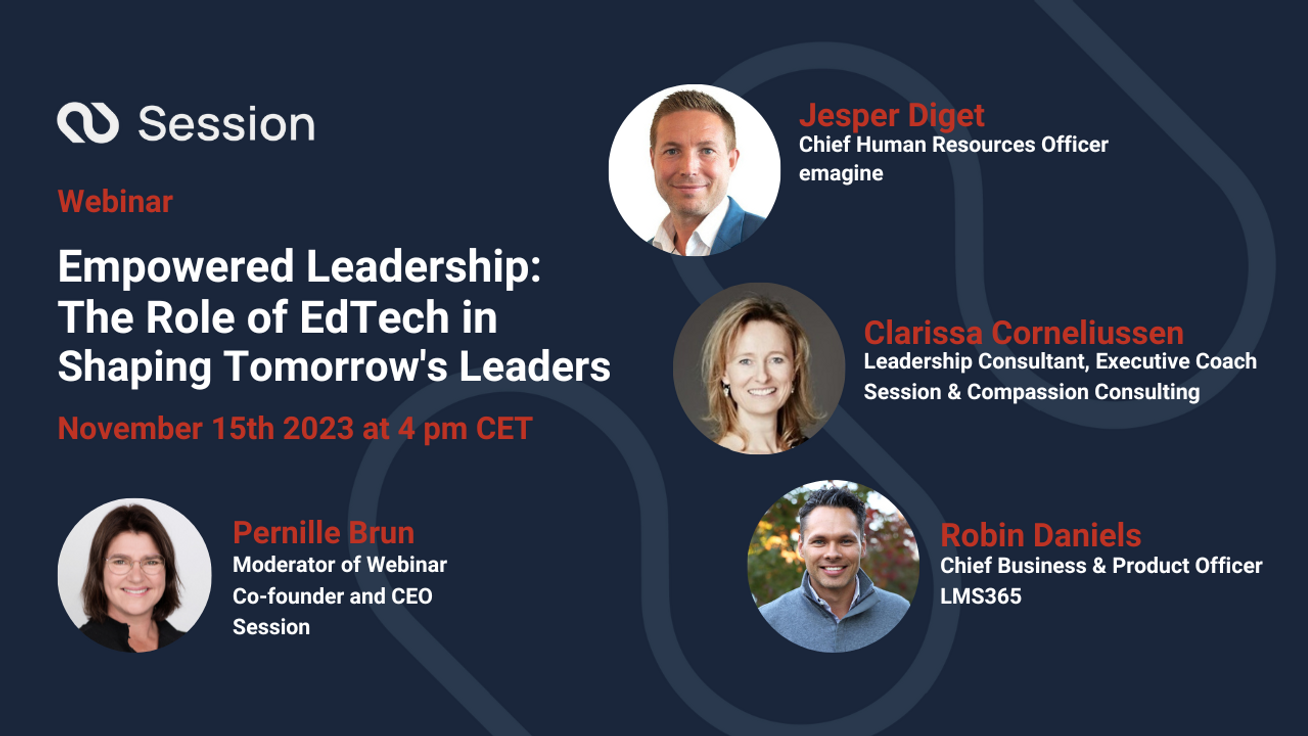When it comes to the decisions we make on a daily basis, some weigh heavier than others. While the ordinary, everyday decisions (what to eat for breakfast, what kind of shoes to wear) don’t sap much mental energy, the choices that we encounter around business decisions are often far more weighty, and can have far reaching consequences for not only ourselves, but also those around us. Sound decisions can strategically position us for success, while poor choices can jeopardize our well-being and growth, along with that of our colleagues and the entire company.

The good news is that bad decisions can be avoided. Sure, they’re still an inevitable part of life, and everyone will make some bad decisions every once in a while, but by equipping yourself with the right decision-making tools, the frequency of making bad decisions will decrease. With this in mind, let’s explore some decision making strategies below.
Why is Decision Making Critical in The Workplace?
By some estimates, we make 35,000 conscious choices daily. That number might even be inching upward thanks to the rise of flatter organizational structures, which decentralize hierarchical decision-making processes (you can learn more about flat organizational structures in our article Self-Management and Self-Organized Teams: Utopia or the Real Deal?). Collaboration is increased when employees at all levels have the power to make more decisions, reconfiguring traditional power structures.
Using a step-by-step decision-making process in the workplace can help you make more deliberate, efficient decisions by organizing relevant information and defining alternatives.
‘’The art of decision-making isn’t always about capturing some elusive “best” decision — it’s about making the most of the information available, garnering trust across stakeholders and executing with conviction.’’ - First Round Review
Now, let’s run through some steps on the best decision making practices for strategic impact:
Step 1: Identify the Problem and the Opportunities at Hand
It may seem glaringly obvious, but to make a decision, you must first identify the problem you need to solve and the opportunities you have at hand. If the scope of your problem is too large to solve, you’ll be left feeling overwhelmed and potentially too paralyzed to make a decision, leading to procrastination. To prevent this from happening, ask yourself the following questions:
- What problem is it I am facing, and what do I need to make a decision about?
- What opportunities do I have, in face of this problem, or despite this problem?
- How can I break down the problem into smaller pieces so that it becomes manageable?
- What are some first steps I can take to get closer to a solution and move forward?
Step 2: Gather information
Once you have identified the problem and the opportunities, it’s time to gather the information relevant to making a decision. Here, you can combine historic information of what has worked out in the past and what hasn’t, and also contemplate on what will work best moving forward.
Keep in mind, you can become bogged down by too much information which can complicate the process, so streamline your information for optimal results.
Step 3: Visualize the Outcome
When contemplating potential decisions, draw on each choice and visualize what it would be like if you carried out each one to the end. As you go through this evaluation process, you’ll begin to favor certain alternatives: those that seem to have a higher potential for reaching your goal and solving your problem. Finally, place each potential decision in a prioritized order, based upon your own preferences, goals and expectations.
Step 4: Weigh The Evidence
Effective decision making is based on objective evidence as well as subjective feelings and experiences. Strategically think about the decision you are about to make, by weighing the evidence:
- What evidence do I have that this will be a good decision?
- What evidence do I have that suggests this choice is better than the alternatives?
- What evidence do I have that points to this decision improving my future, my colleague’s future and my organization’s future?
It is also helpful to identify potential pitfalls for each of your choices, and weigh those against the possible rewards.
Step 5: Choose amongst Alternatives
Once you have weighed all the evidence, you are ready to select the decision that seems to be the best one for you and/or the business.
Step 6: Take Action
You’re now ready to take some positive action by beginning to implement the decision you chose in Step Five.
Step 7: Evaluate Your Decision and its Consequences
In this final step, consider the results of your decision and evaluate whether or not it has resolved the problem or led you closer to the opportunities at hand. If the decision has not resolved the problem or brought you closer to a big opportunity, nor met the identified need or led you to a better position, you may have to start the process over.
Do not look at this as failure - it is mere learning. Maybe the world has changed since you made your decision? Maybe you now have more information? Maybe you found out that what you thought to be true wasn’t true at all? We need to try out, experiment and gather feedback, before we know what outcomes our decision making will lead to.
The Best Decision-Making Frameworks
When you find yourself in complex situations, a decision-making framework can be a critical tool to decipher actionable next steps. HBR's article ‘’Leading with Confidence in Uncertain Times'' includes five tools for thriving in an uncertain world and making assertive decisions: expected value, the wisdom of the crowd, confidence calibration, hedging, and communicating uncertainty with confidence.
The Cynefin Framework is another relevant resource which can help leaders sense which context they are in so that they can not only make better decisions but also avoid the problems that arise when their preferred management style causes them to make mistakes.
The Cynefin framework helps leaders determine the prevailing operative context so that they can make appropriate choices. Each domain requires different actions. Simple and complicated contexts assume an ordered universe, where cause-and-effect relationships are perceptible, and right answers can be determined based on the facts. Complex and chaotic contexts are unordered—there is no immediately apparent relationship between cause and effect, and the way forward is determined based on emerging patterns. The ordered world is the world of fact-based management where you can categorize information and make decisions from there; the unordered world represents pattern-based management where you need to collaborate and try out things, before you will know what decisions to make next.
Conclusion
We hope you have enjoyed learning about some best practices and strategies for optimal decision-making. Whether you are making a long-term or short-term decision, make sure to take some time to reflect on future outcomes by following the steps outlined above.










